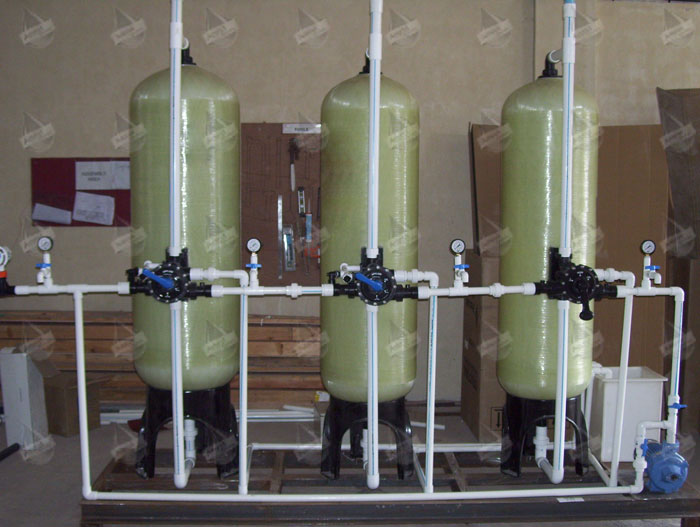What is Water Demineralisation?
One of the primary and efficacious methods of water purification is demineralisation. Many regard it as a treatment procedure that eliminates minerals dissolved in water. Demineralising water entirely removes ionic mineral impurities. As ion exchange takes place, it is also referred to as deionisation sometimes.
The utilisation of both cation and anion exchange resins happens during the demineralisation method. Sometimes, the process uses these resins in the same column or bed. The purity level of water increases significantly after the completion of demineralisation. The demineralised water becomes equivalent to distilled water and that too at a notably lower price.
Minerals and salts separate instantly into their constituent ions when they come in contact with water. Dissolved solid substances consisting of positively charged ions are cations, and negatively charged ions are anions. The presence of resin within a column consists of beads made of plastic. Ionic functional groups are bound to these plastic beads. These functional groups are capable of loosely holding opposing charged ions by means of mutual electrostatic attraction.
The introduction of water containing dissolved ions to the resin occurs during an active cycle. The ions that are in solution exchange places with ions on the resin beads. The ions remain attached to functional groups of resins even when the ultimate solution is removed. Such a situation happens when a particular ion has more affinity for the functional group compared to the ion that already exists. The presence of particular ionic contaminants determines whether there’s a requirement for cationic or/and anionic resin types.
Usually, ions exchange causes the replacement of one particular contaminant ion with another, which is less objectionable. For instance, in a sodium softening system, the prime goal is to get rid of hardness ions (ex. Ca2+ or Mg2+) from the solution by making a replacement of the same with sodium ions (Na2+). What you get as a result is the processed solution with little to no hardness at all. However, the solution consists of a higher concentration of sodium ions.
As a leading demineraliser plant manufacturer, we understand the instrumental role demineralisation plays in completely removing dissolved solids. During the demineralisation process, an exchange between cations present in the feed water and hydrogen ions takes place, besides the cations and hydroxyl ions exchange.
Demineralised Water Treatment Plant
You can regard that water safe, healthy and potable, which is free from mineral contaminants. Water available naturally contains a wide variety of diluted salts known as dissolved solids. Water containing these minerals needs to undergo the demineralisation process to become pure and drinkable. Treating the water effectively in the ions exchange resins column can help adsorb the positively charged ions. Then the cations freely pass through an anion resin column that adsorbs anions. It is safe to drink that water, which becomes free from all ions.







